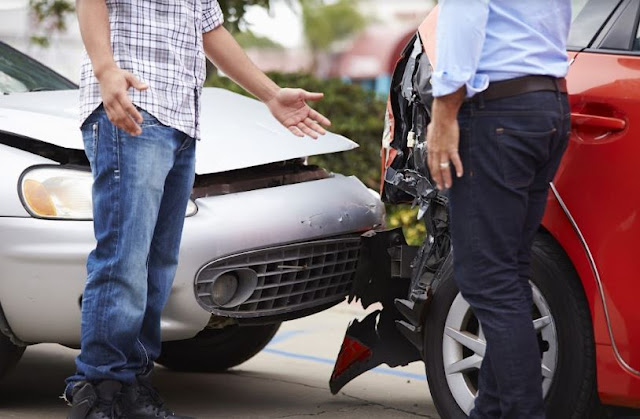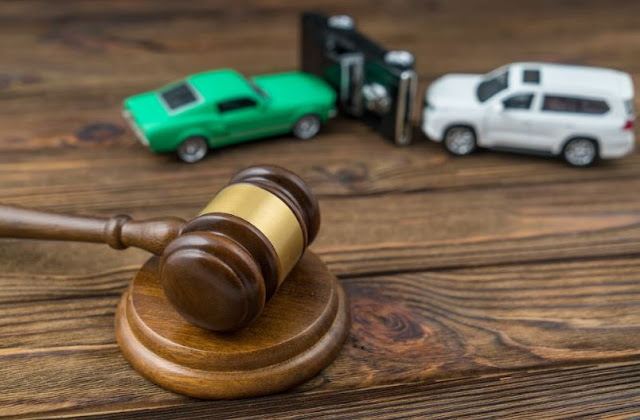
Today, almost everyone owns a car. Indeed, transportation has been part of man’s day-to-day living. Commuting or using your auto gives you plenty of advantages. However, it also comes with drawbacks like; cost, environmental impacts, inconvenience, stress, and accidents.
For instance, regardless of how safe you are and cautious when driving, accidents may happen anytime and anywhere. Hence, it is necessary to know how to handle such a situation. When an accident happens, one may have to deal with several consequences, especially if the injured party. These consequences may include medical or hospital bills, lost wages and capacity to earn, pain and suffering, emotional distress, and many more. Unfortunately, all these things can cause a negative toll on your life.
Because of this, you may have the right to file a personal injury claim to recover compensation for your injuries. However, pursuing personal injury cases can be a complicated process. Before you can get compensated, you may need to know who’s at fault and negligent for a crash.
Keep reading this article to learn how to determine fault and negligence in such cases.
Fault And Negligence: Essential Requisites To Satisfy
Typically, many legal requirements should be satisfied before you can determine fault and negligence. Within the purview of personal injury law, the concept of fault and negligence are related to each other. In addition, fault has four levels and the first one is negligence.
By definition, negligence happens when the defendant did not take proper care in doing some actions which as a result, causes damage or harm to another. In most cases, an at-fault and negligent party in a car collision is someone who fails to drive safely and securely on the road.
Failure to follow the traffic rules, failure to maintain control over the vehicle, and failure to remain alert while driving is some of the grounds on which an at-fault party can be found guilty. In addition, determining fault and negligence requires you to show that the essential elements of negligence are present in your claim. These can include:
• Duty Of Care: When driving, one has a duty to maneuver their vehicle in a reasonably safe way. This means they should use a certain level of care that another driver would use under the same circumstances. A common example of duty of care is following traffic signals.
• Breach Of Duty: This usually happens when the driver failed to exercise a reasonable level of care in operating their car on the road. Running a red light is an example of a breach of duty in an auto crash.
• Causation: To show that the driver is negligent, it should be proved that the other driver’s injuries were the results of the former’s breach of duty of care in driving safely on the road.
• Damages: To have a successful injury claim, the injured driver should prove that the injuries resulted in damages. However, this article states that depending on the circumstances of your car accident, the amount of compensation you can sue for a car accident may vary. In such a case, it may be a good idea to work with an experienced personal injury lawyer to help you calculate the right damages based on the other driver’s fault and negligent acts.

Fault And Negligence: Evidence To Prove It
Again, determining fault and negligence in an auto collision is essential to have a successful personal injury claim. If you fail to prove that the other driver was at fault for the crash, you may have lower odds of winning your case and obtain compensation for your injuries. As such, it’s important to collect evidence that’ll help you determine the other party’s fault and negligence. Some essential pieces of evidence you can obtain can include:
• Accident Report: Make sure to get a copy of the car accident report which includes some detailed notes about what happened and the responding police officer.
• Photos: Take some photos of the accident scene, the injuries sustained, and the damages to your vehicle.
• Medical Records: Secure a copy of your medical records to show the severity of your injuries and to establish the fact that they were caused by the collision.
• Witness Statements: If anyone witnessed the auto crash, you may have to obtain witness statements, including their personal information.
Fault And Negligence: Consulting A Lawyer
Unless you specialize in personal injury law, you may need the services of a dedicated lawyer to help you determine the fault and negligence of the other driver. Since this process can be very daunting, hiring a good personal injury lawyer can make things much easier. They can evaluate the facts of your case and help you gather pieces of evidence to know who’s liable for the accident.
The Bottom Line
The reality about car accident cases is that they’re complicated and confusing, especially if you have no idea what to do. One of the things you may have to consider is the process of determining fault and negligence so you may have greater chances of winning the blame and claim game.
Fortunately, by keeping this information in mind, you may be able to easily identify who’s at fault and negligent for what happened. In such a case, you may recover the right amount of compensation for your losses.
